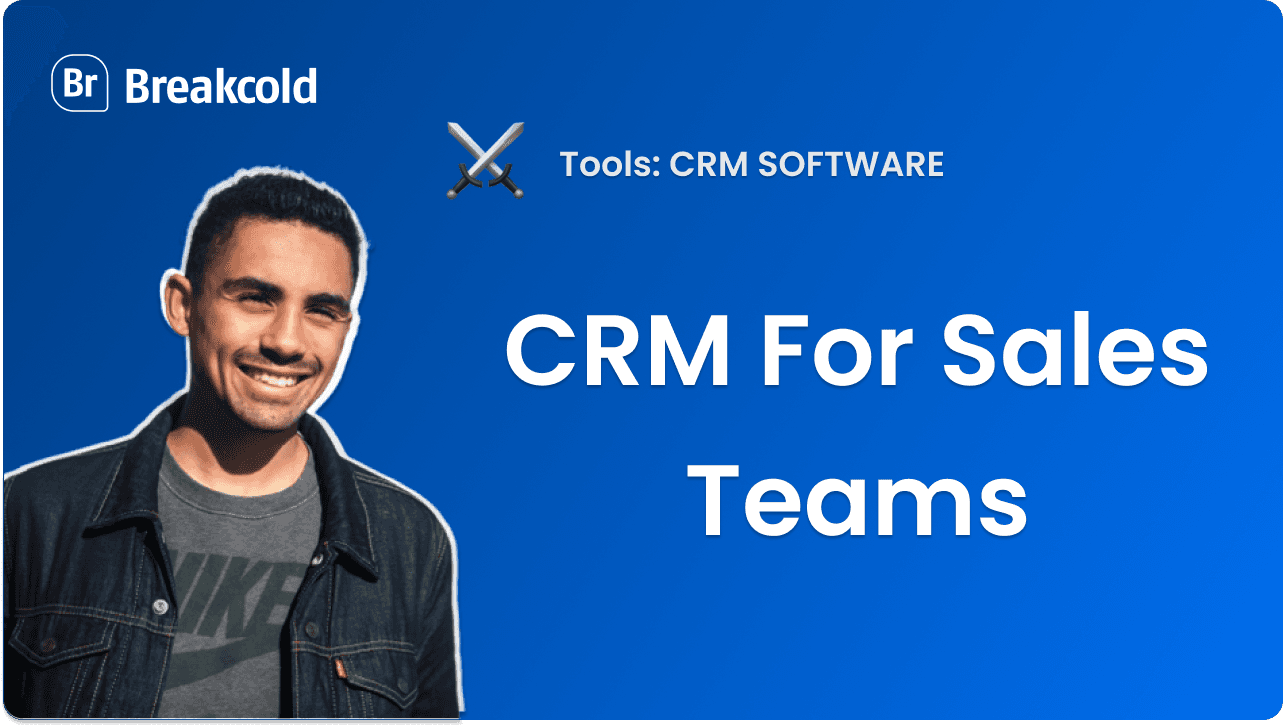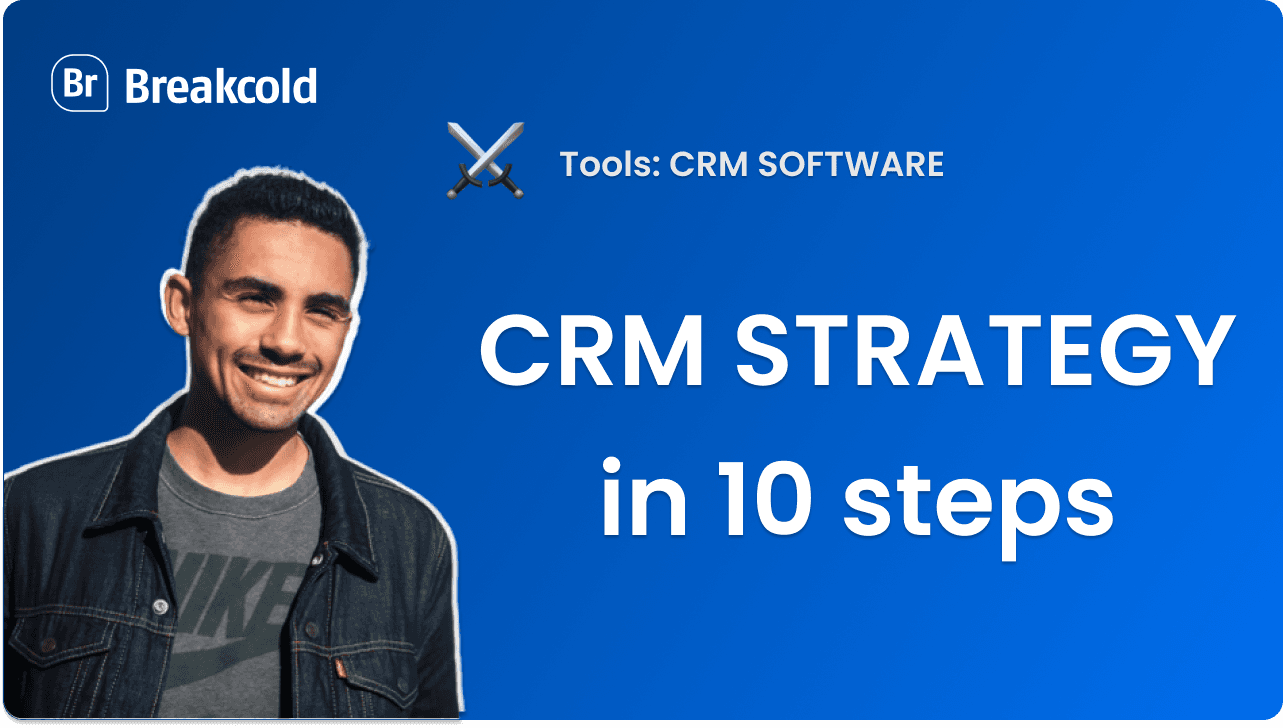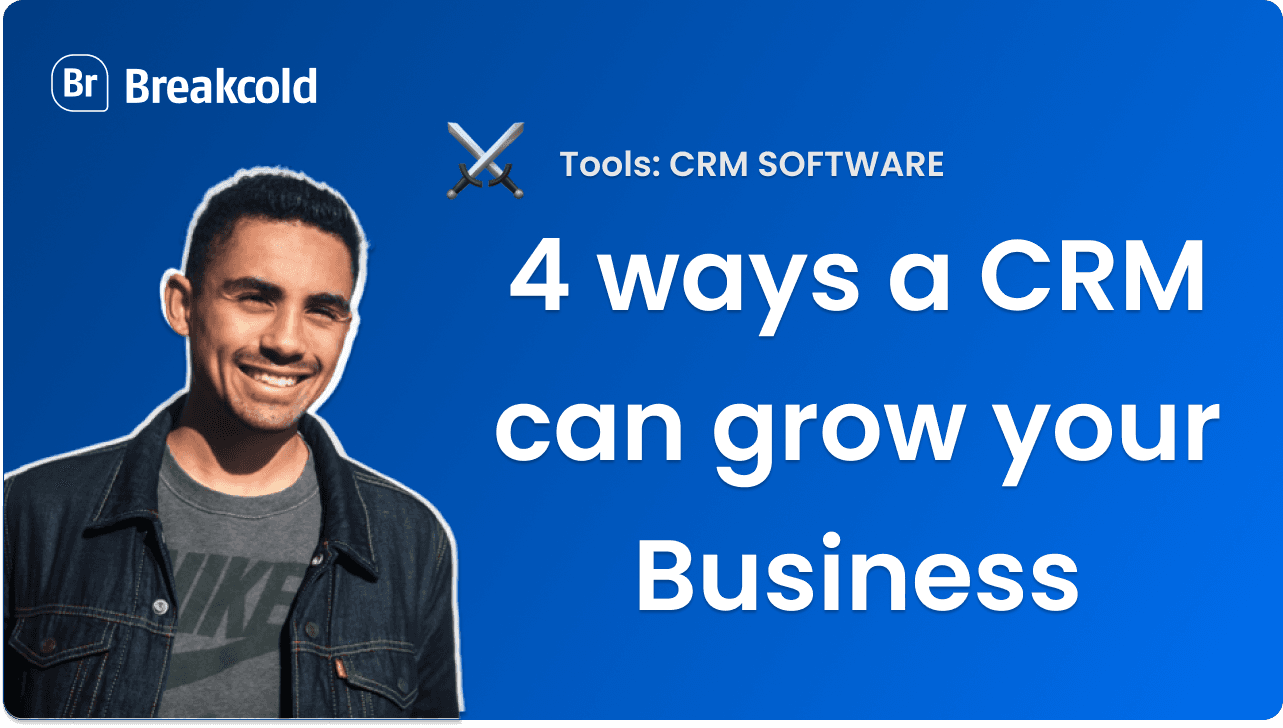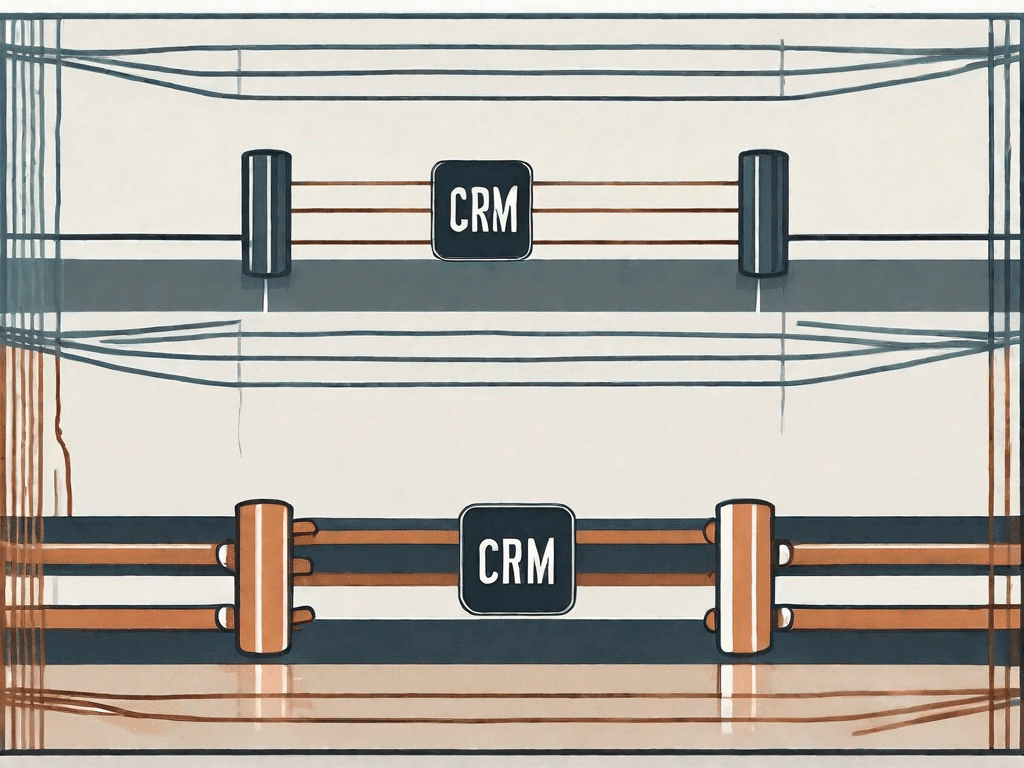
The Ideal Sales Pipeline Template for Venture Capital (VC)
In the world of venture capital (VC), having an efficient and effective sales pipeline can make all the difference in identifying promising investment opportunities and maximizing revenue growth. A well-designed sales pipeline template can streamline the evaluation process, saving valuable time and resources. In this article, we will explore the ideal sales pipeline template for venture capital (VC) and why it is crucial for VC firms to adopt this framework
The 7 Sales Pipeline Stages Venture Capital (VC) Should Have
Every successful sales pipeline starts with a clear structure that outlines the various stages of the customer journey. For VC firms, these stages may differ slightly from traditional sales pipelines. Here are the seven crucial stages that every VC sales pipeline should incorporate:
Deal Sourcing: This stage involves actively seeking out investment opportunities by networking, attending events, and conducting market research. It is essential to cast a wide net to identify potential startups.During the deal sourcing stage, VC firms employ various strategies to identify promising investment opportunities. They attend industry conferences and events, where they can meet entrepreneurs and learn about innovative startups. Networking plays a crucial role as VCs connect with industry experts, mentors, and other investors who can provide valuable insights and recommendations. Additionally, VC firms conduct extensive market research to identify emerging trends and sectors with high growth potential.
Screening: Once potential opportunities are identified, the screening stage begins. This entails analyzing key criteria such as the startup's market potential, management team, product or service offering, and financials.During the screening stage, VC firms carefully evaluate each potential investment opportunity. They assess the startup's market potential by analyzing market size, growth rate, and competitive landscape. The management team's experience, expertise, and track record are thoroughly examined to determine their ability to execute the business plan. Furthermore, VC firms scrutinize the startup's product or service offering to assess its uniqueness, scalability, and market fit. Financial analysis is also conducted to evaluate the startup's revenue projections, profitability, and funding requirements.
Evaluation: In this stage, a more thorough evaluation of the startup takes place. Due diligence is conducted, including in-depth market analysis, competitive landscape assessment, and financial modeling.During the evaluation stage, VC firms dive deeper into the due diligence process. They conduct extensive market analysis to understand the target market's dynamics, customer behavior, and competitive landscape. Competitive advantage and barriers to entry are carefully examined to assess the startup's long-term sustainability. Financial modeling is performed to assess the startup's financial projections, cash flow, and return on investment potential. Additionally, legal and regulatory compliance is thoroughly reviewed to mitigate any potential risks.
Term Sheet Negotiation: If the startup successfully passes the evaluation stage, the next step is to negotiate and agree on the key terms of the investment. This includes the amount of funding, equity ownership, and other crucial terms.Once the evaluation is complete and both parties are interested in moving forward, VC firms and the startup engage in term sheet negotiation. This stage involves detailed discussions on the investment amount, equity ownership, board representation, and other essential terms. The goal is to reach a mutually beneficial agreement that aligns the interests of both the VC firm and the startup. Skilled negotiators from both sides work together to ensure a fair and equitable deal.
Investment Closing: Once the term sheet is finalized, the investment closing stage begins. Legal documentation is prepared, and the necessary paperwork is completed to finalize the investment.During the investment closing stage, legal teams from both the VC firm and the startup work together to prepare the necessary legal documentation. This includes drafting and reviewing investment agreements, shareholder agreements, and any other relevant contracts. The paperwork is meticulously reviewed to ensure compliance with legal and regulatory requirements. Once all the documents are in order, the investment is officially closed, and the funds are transferred to the startup.
Portfolio Management: After the investment is made, the VC firm actively supports and monitors the portfolio company's progress. This stage includes providing strategic guidance, mentoring the management team, and facilitating access to resources.Portfolio management is a critical stage for VC firms as they actively engage with the startup to maximize its growth potential. They provide strategic guidance and mentorship to the management team, leveraging their industry expertise and network. Regular meetings and progress updates are conducted to assess the startup's performance and address any challenges or opportunities. VC firms also facilitate access to resources such as additional funding, talent acquisition, and business development opportunities to help the startup scale and succeed.
Exit: The final stage of the VC sales pipeline involves exiting the investment. This can be achieved through an initial public offering (IPO), merger or acquisition, or secondary market transaction.Exiting an investment is the ultimate goal for VC firms as it allows them to realize their returns. There are several exit strategies available, including taking the portfolio company public through an IPO, selling it to a strategic buyer through a merger or acquisition, or selling their shares in the secondary market. The chosen exit strategy depends on various factors such as market conditions, the company's M&A valuation, the startup's growth trajectory, and the VC firm's investment objectives. Successful exits not only generate financial returns but also enhance the reputation and credibility of the VC firm.
Example of the Customer Journey in a Sales Pipeline for Venture Capital (VC) Step-by-Step
Understanding the customer journey within the VC sales pipeline is crucial for optimizing the entire investment process. Let's walk through a step-by-step example of how a typical customer journey might unfold:
Deal Sourcing: The VC firm attends a tech startup conference and identifies several promising startups in the health tech sector.
Screening: The VC firm conducts initial screenings to assess the startups' market potential, management team, and product viability.
Evaluation: The VC firm narrows down the list of startups and conducts comprehensive due diligence, including market analysis, financial modeling, and competitive research.
Term Sheet Negotiation: The VC firm selects the most promising startup and engages in negotiations to finalize the investment terms.
Investment Closing: Legal documentation is prepared, and the investment is completed.
Portfolio Management: The VC firm provides guidance, resources, and mentorship to support the startup's growth and success.
Exit: After a few years, the startup achieves significant growth and attracts acquisition interest from a larger company. The VC firm successfully exits the investment, generating a substantial return.
Why Venture Capital (VC) needs this Sales Pipeline Template?
Now that we have explored the different stages of the ideal sales pipeline for venture capital, let's dive into why VC firms need this template:
1. You'll save time evaluating investment opportunities in Venture Capital (VC).
With a well-structured sales pipeline template, VC firms can streamline their deal sourcing, screening, and evaluation processes. The template serves as a guide, ensuring that each step is efficiently executed, saving valuable time and resources. By focusing on the most promising investment opportunities, VC firms can increase their chances of success.
2. You'll grow revenues faster by investing in promising startups.
An organized and standardized sales pipeline template helps VC firms identify and invest in startups with high growth potential. By following a clear process, firms can minimize the risk of investing in underperforming startups and maximize revenue growth. The template acts as a roadmap, ensuring that VC firms allocate their resources wisely to achieve optimal returns.
In conclusion, the sales pipeline template for venture capital plays a crucial role in optimizing the investment process. By incorporating the seven key stages and understanding the customer journey, VC firms can save time, evaluate investment opportunities more effectively, and drive faster revenue growth. To succeed in today's competitive VC landscape, adopting this ideal sales pipeline template is essential.











![The 8 Best Social CRM Software in 2025 [Comparison]](https://framerusercontent.com/images/RYHyYapdgIi83BEWtMdX418.png)
![The 6 Best LinkedIn CRM in 2025 [Comparison]](https://framerusercontent.com/images/Luywfni7ZKjb19yghbhNPy4I4qQ.png)



![The 5 Best Twitter CRM [Comparison]](https://framerusercontent.com/images/EWcbvYnVZglJLO8jp3OlHkTvsHo.png)


























































































































































































